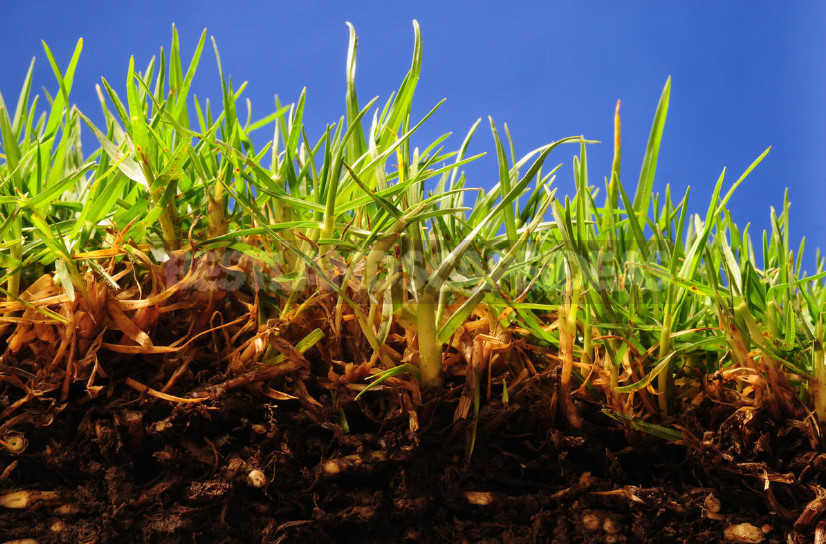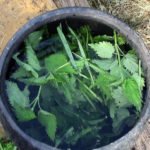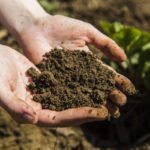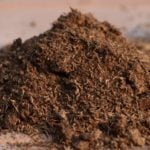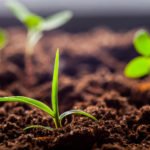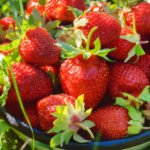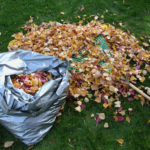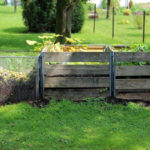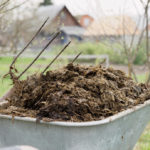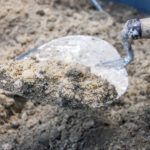I spent the whole evening on the Internet: trying to find out-what is humus? From page to page wanders definition: “humus – the main organic matter” and something else vaguely vague about dark-colored parts of the soil. Impossible to understand. And there is a wish because our relation to the soil and its fertility depends on it.
So what is humus? Here are the answers of random people to this question:
- manure;
- bird droppings;
- the upper layer of fertile soil;
- humus, but not any, but only dark-colored;
- horizon accumulation of humus (it is formed constantly, its power depends on the number of leaf litter and dead animals).
a collection of organic compounds found in soil but not in animal bodies or their remains;
Well, at least someone was right!
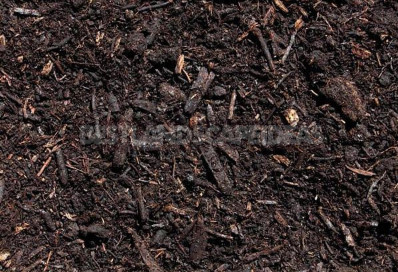
I’m not a biologist (or even a student), but I want to know what humus is. I think, and other summer residents awareness in this question won’t prevent.
Let’s look at the soil carefully
Just for that, never dug, not fertilized, which was never produced. Need a sharp shovel to cut to a depth of bayonet cube, remove it carefully so as not to destroy, and to look at the structure. See what? Many things. The naked eye can see the new roots. And the old ones that were alive and fed the plant last year. And winding empty air passages-tunnels (it seems that these are the places where there were roots the year before). Still see in those empty passages earthworms, wood lice, larvae of various insects. If “glasses” put on, you will notice a lot of animals: mushrooms, ticks and flagellates. But we won’t see hummus.
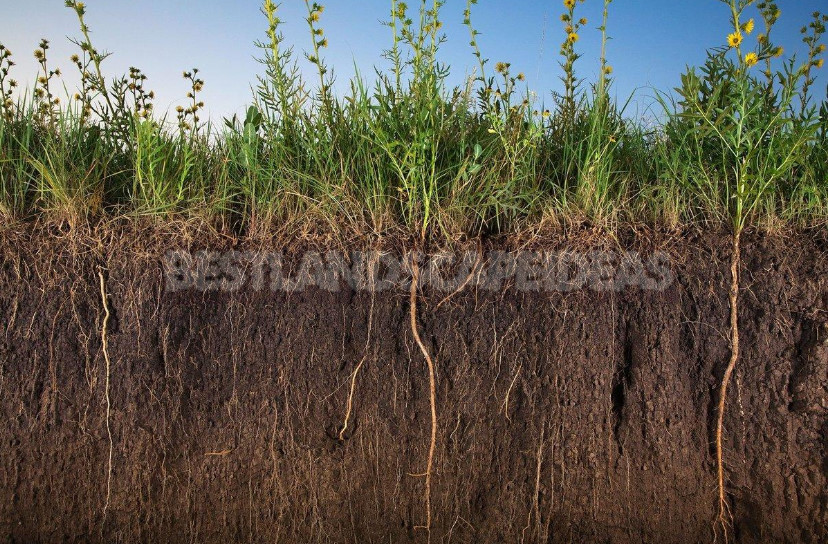
How to classify the fact that the ball of soil to see?
The division is almost not conditional. All life exists for some time, and then it becomes inanimate, that is, dead. But in both States it is organic, that is not mineral, like salt or sand. So divide all that in the soil there, in 2 categories: organic or formerly alive (dead) organic.
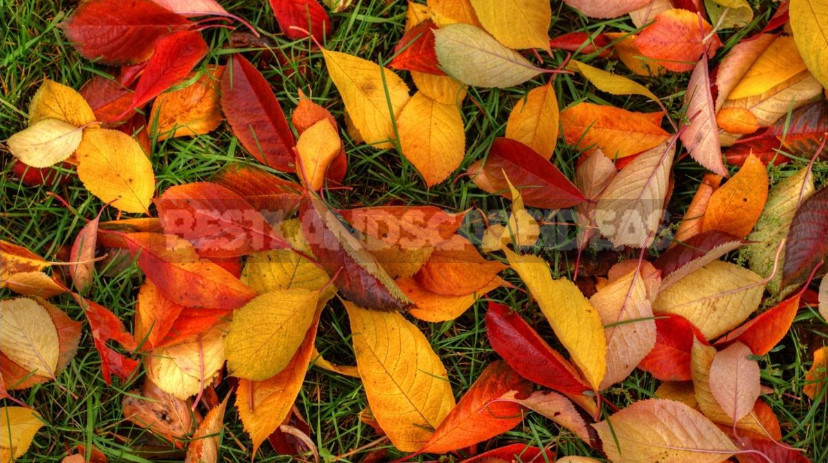
Living (bacteria, roots, insects, worms and others) becomes inanimate. The leaves were alive on a tree branch, but were not part of the soil. When they lie on the ground, they are called a special word – litter (it is, strictly speaking, not only leaves, but also grass). But this is not humus.
What we don’t see but what chemists know
Each plant is a unique organism in which there are different enzymes for different needs (they are also called protein-catalysts), as well as vitamins (everyone knows about them, because vegetables are eaten exclusively for adding this substance to the body), hormones (about cabbage substances that are similar to female hormones, often told), pigments (anthocyanin gives color to the berries of currant). But it’s not humus either.
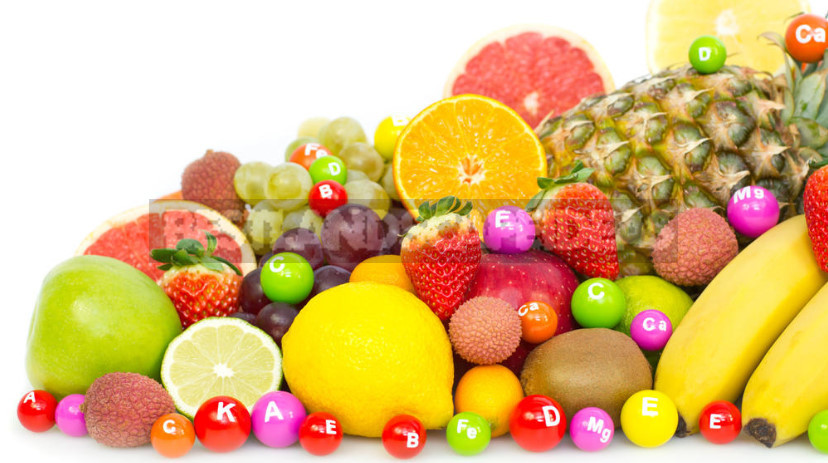
Our earthly life is based on carbon. This in inorganic substances carbon-not binding element of, and his the absence of in organic molecules says about the other form of life, not carbon, and such on earth, too, hasn’t meet.
To create (or synthesize) and to break down (or analyze) nature has created mechanisms that need enzymes. The reactions themselves are not free, their course is programmed by nature. She created a real huge production complex, which is able to create (or synthesize) humus. From what? From those inanimate organic forms that were previously alive, that is, from the litter, roots, worms. Education humus engaged in living organic forms, that is the same bacteria and worms. Soil humus is a community of organic compounds, a reserve of substances that plants consider nutritious. Not we, note, and plants. And this complex is created by soil animals, among which the most important work falls on the share of earthworms.
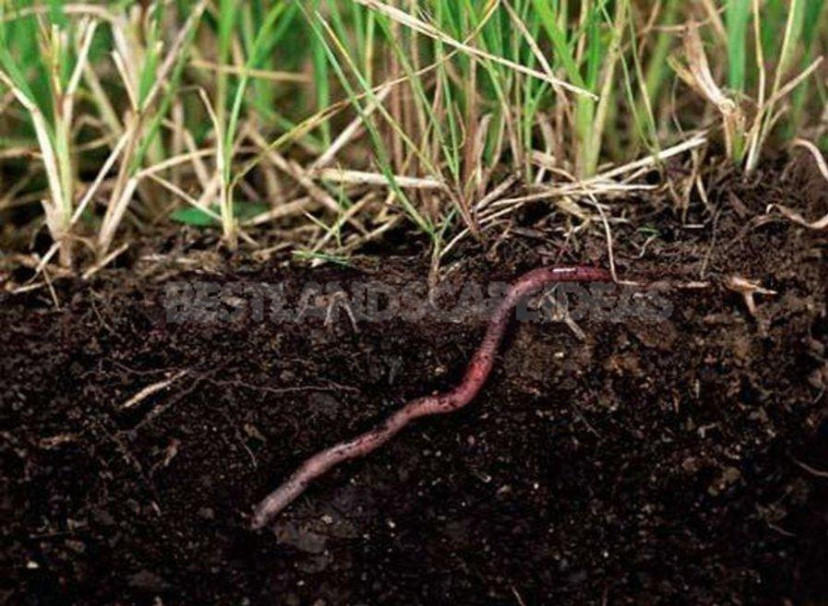
Maybe I’ll give you the wrong example, but still. It seems to us that there should be a lot of fish in the ocean, because it is huge. In fact, this is not so, not all waters are fish. There are areas where there is no fishing because they are virtually lifeless. All inanimate organic matter falls to the bottom, where there is no sun, where there is high pressure, where fish can not live. Ocean currents either carry nutrients to the bottom or lift them to the surface. It is where nutrients flow to the surface, there are areas of fisheries. And we have no idea why fish live in the cold waters of the Northern seas. It turns out that there are streams of water raise food for the simplest, crustaceans and other small aquatic animals that feed the fish.
Something similar happens in the soil. All the nutrients of the soil are referred to as the word humus. Of course, the definition is amateurish, but it is clear that superphosphate and urea will not become its sources.
The formation of humus
And I want to say that this process is the most significant and complex on Earth. How is humus formed? The leaf broke away from the branches of the native, flew a little and fell to the ground. Immediately he draws the attention of the bacteria, which are able to take sugars, starches. This is the easiest food. From the leaf remains cellulose, vegetable proteins that can digest other bacteria and soil animals that have special enzymes for this. Mushrooms also inhabit the leaves: they have more powerful enzymes, because they dissolve almost any organic matter, and then they are absorbed. But not all, and as much as is required for life.
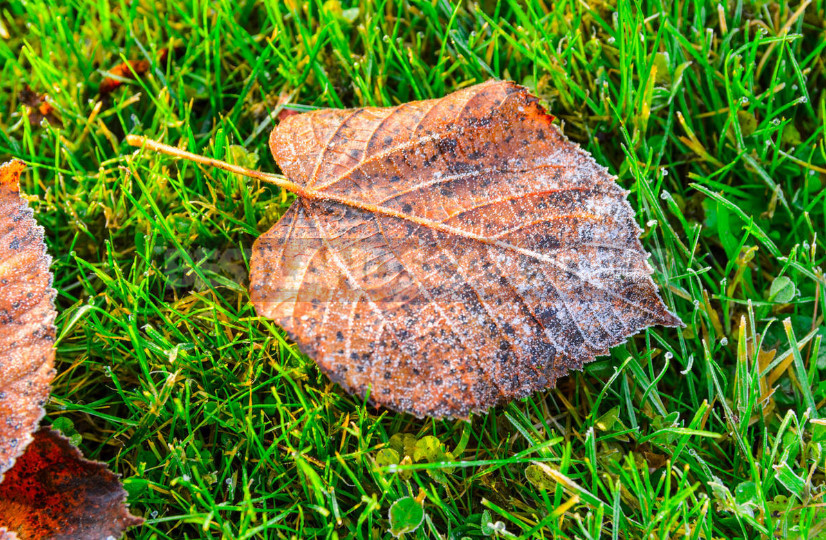
What do neglected solute? And the enzymes themselves, which appeared in the soil a lot? This part of the dissolved organic substances under the action of enzymes reacts with carbon, as a result of which humic acids and fulvic acids are obtained. These acids react with the minerals of the soil. As a result of such reactions humates and humus are formed. This humus is called primary.
Where’s the other humus? After primary should be secondary
And the secondary humus produced by worms. This occurs when a worm for their food or travel needs. ingest the soil, which has the primary humus. Worm enzymes are able to break down bacteria, are able to create coprolites. Worms know how to digest everything. This is because each species of bacteria has its own specialization, a worm is multi-functional.
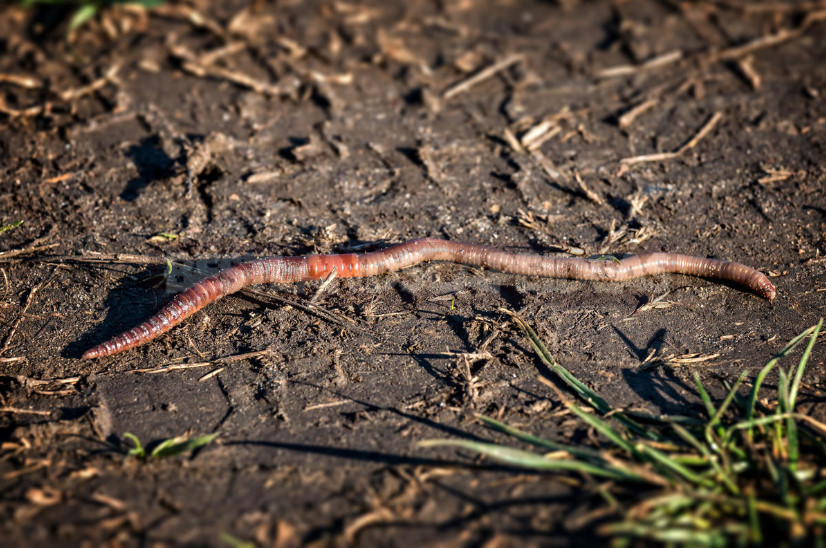
Its organs from all food will take away as many nutrients as the worm requires, the rest will be released in the form of coprolites, which include humic acids. And here is the cycle: humic acid come into connection with the minerals of the soil. That’s when a real humus is formed, it is also called biohumus. That’s it!
The role of biohumus in nature
Keeper. It is the Keeper of soil nutrients. But it is easy to destroy it by unreasonable actions. These are fires from dry grass, when a sufficiently deep layer of soil burns, and the primary raw material does not fall for processing. And the kind of ploughing that destroys the soil ecosystem. And the application of mineral fertilizers that are not needed neither worms nor bacteria.
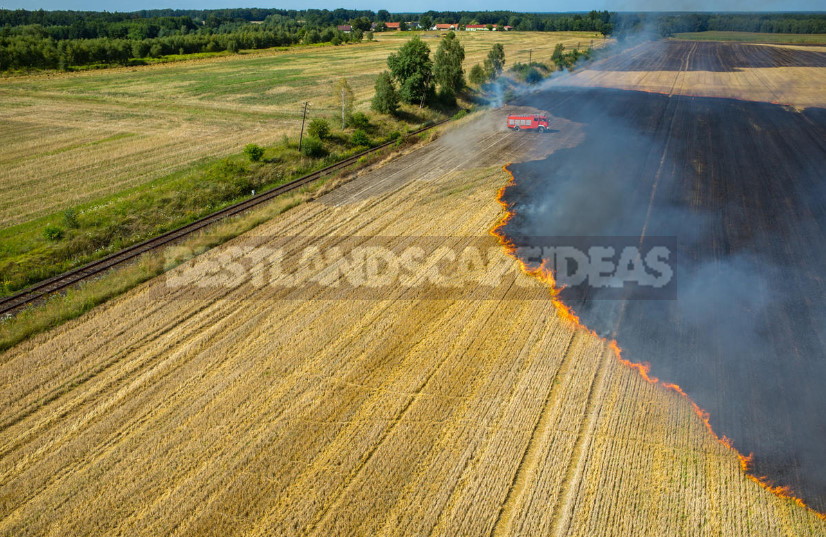
Do not think that people with the help of California earthworms will fill the lack of vermicompost in nature. It is impossible to restore what was created billions of years, artificial creation of humus. Yes, just feed for worms is not enough. Do not expect that it is easier to buy humus than to return the fertility of the soil in a natural way.
Humus is a powerful cooperative, which brought together fulvic and humic acids, and minerals. Therefore it is impossible to identify humus with manure. After all, the processes are different. Once again I will tell: in the nature there are no processes of decay. In nature, there are no piles of manure, nature does not wait for it to burn out, that is, rot in particularly dangerous conditions.
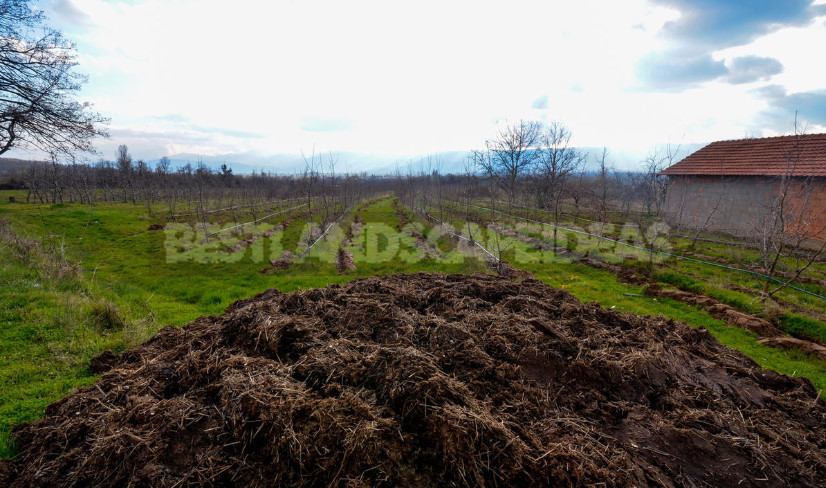
In nature there is a concrete flat cake which is washed away by the first rain. And if you do not have time to blur, so in it, a thin layer spread on the grass, find food and shelter insects, which this cake is sweeter than honey. It’s warm and humid under it, so the germs begin to work. Before you know it, the scones are gone.
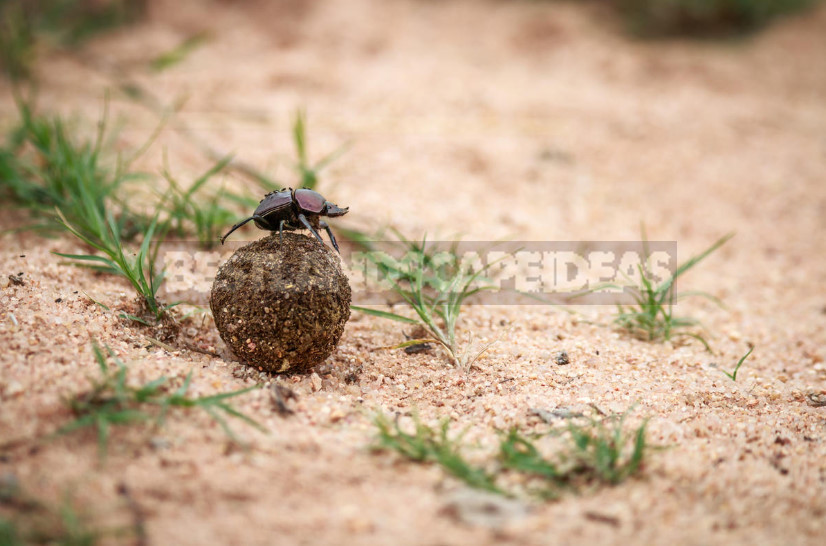
Don’t know what happened from my undertaking is available to talk about complex and simple things. To me it is quite clear that this humus. Therefore, I do not remove the fallen leaves in the autumn in the spring, I do not burn dry grass, I do not water the earth with a solution of urea, I do not close up double superphosphate in the soil. But the shores of after the rain, everyone crawled out of the earth worm, do not interfere with residents of the soil with pesticides.
